Description
Buy clone cards online
The process of cloning cards usually involves several steps. The first step is to collect the necessary card information. This can be done in a variety of ways, such as through skimming devices installed on ATMs or point-of-sale terminals, by hacking into databases that store card information, or even by physically stealing the card itself. Criminals can also carry out phishing attacks in order to do this to entice them to voluntarily disclose their card details.
Once you have the card information, the next step is to create a fake card. This is usually done using special devices such as card writers or embossers that allow criminals to encode the stolen information onto blank magnetic stripe cards or chipped cards. The counterfeit cards can then be used for fraudulent transactions.
Cloned cards can be used to commit fraud in a variety of ways. A common method is to use an ATM to withdraw cash. Criminals can also use cloned cards to make purchases in retail stores or online, often targeting high-value items that can easily be resold for a profit. In some cases, cloned cards are used for identity theft purposes, with criminals using the stolen information to open new accounts or apply for loans under someone else’s name.
To protect against card cloning, financial institutions and card issuers have implemented various security measures. This includes the use of EMV chip technology (Europay, Mastercard and Visa), which offers greater security compared to traditional magnetic stripe cards. EMV chips generate unique transaction codes for each transaction, making it difficult for criminals to successfully clone the card.
Additionally, many banks and card issuers have implemented fraud detection systems that monitor card activity for suspicious transactions. These systems use advanced algorithms to detect patterns and anomalies that may indicate fraudulent activity, such as: B. multiple transactions at different locations within a short period of time or unusually large purchases.
It is important for cardholders to take precautions to minimize the risk of card cloning. Recommended approaches include:
1. Regularly monitor account statements and transaction history to promptly detect unauthorized activity.
2. Be careful when using ATMs or point-of-sale terminals and check for signs of tampering or harmful devices on the machines.
3. Avoid sharing card information with unknown or untrustworthy people or websites, especially via email or phone calls.
To summarize, card cloning is an illegal practice that involves duplicating credit or debit cards without the owner’s consent. Criminals obtain the card information and counterfeit cards to carry out fraudulent activities such as cash withdrawals, purchases or identity theft. Financial institutions and card issuers have implemented security measures to combat card cloning, including EMV chip technology and fraud detection systems. Cardholders should remain vigilant and take the necessary precautions to protect themselves from this type of fraud.

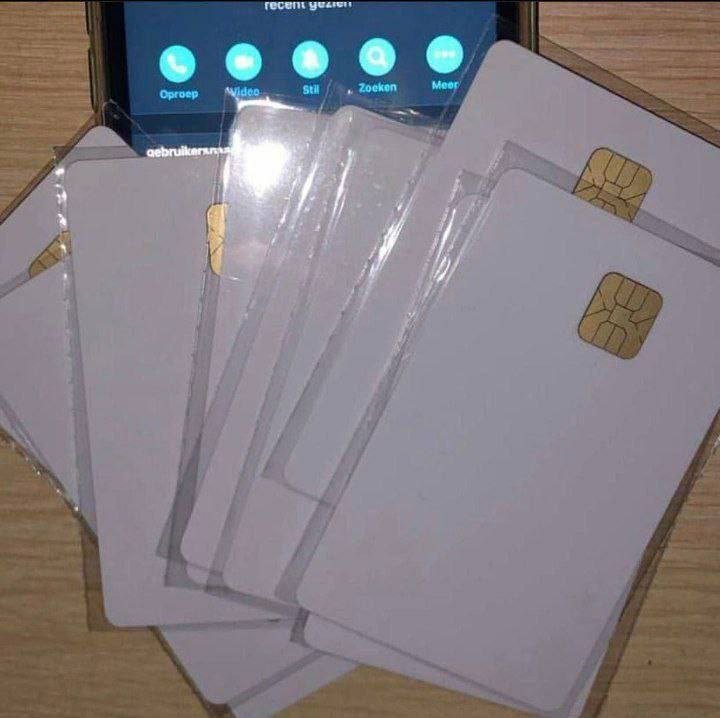
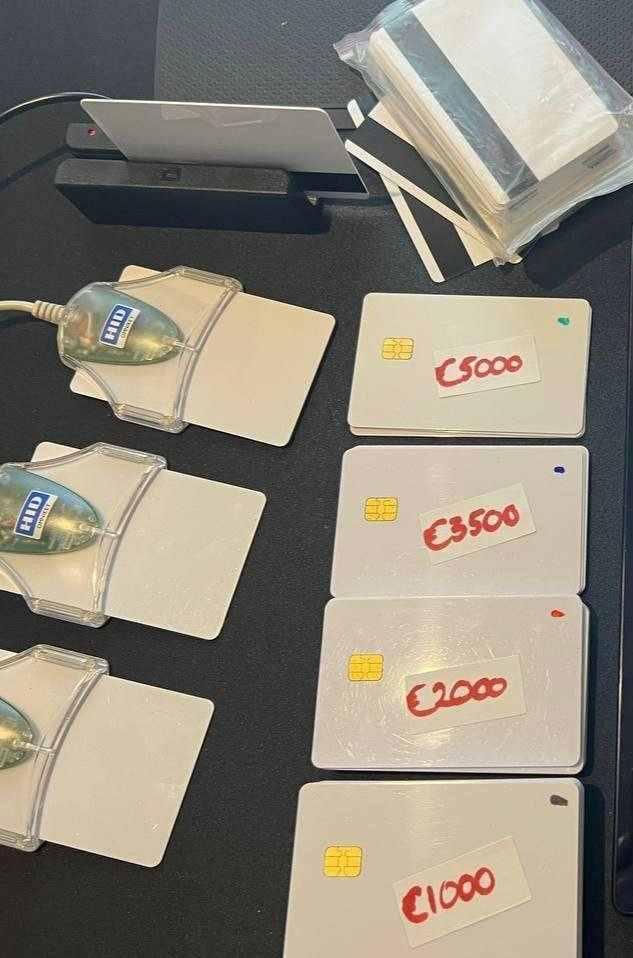
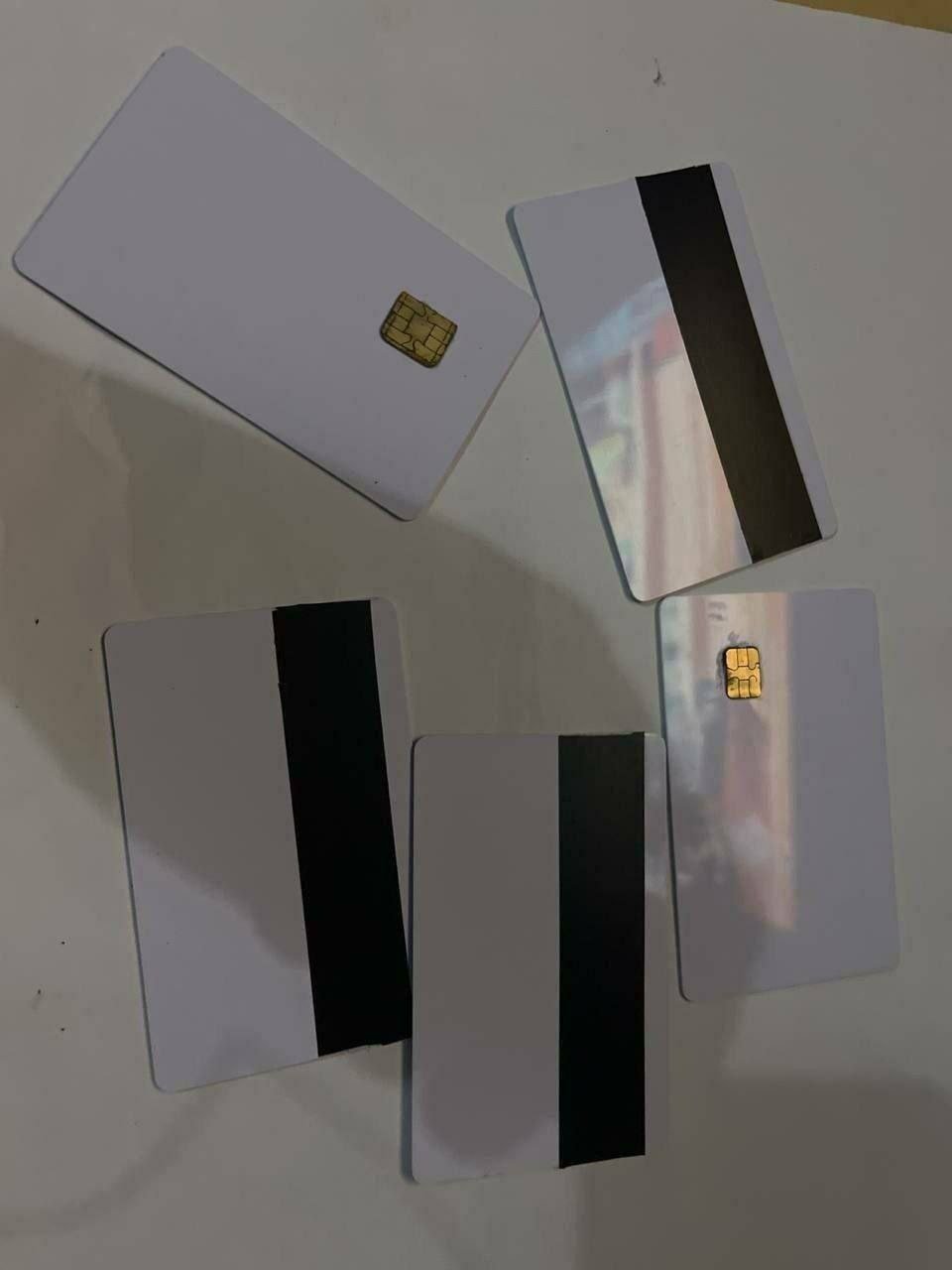
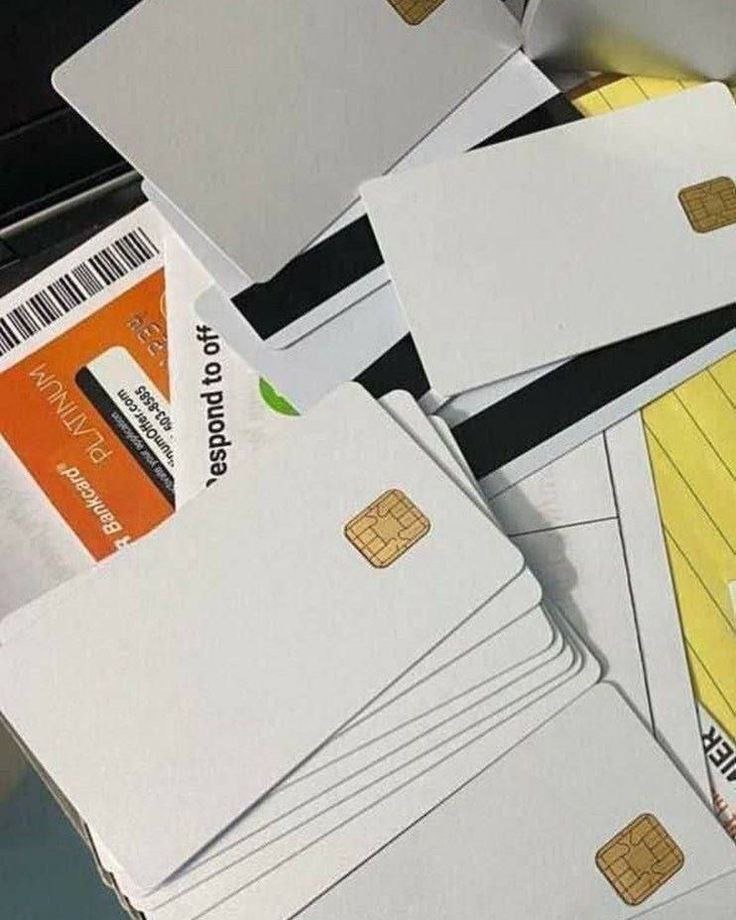
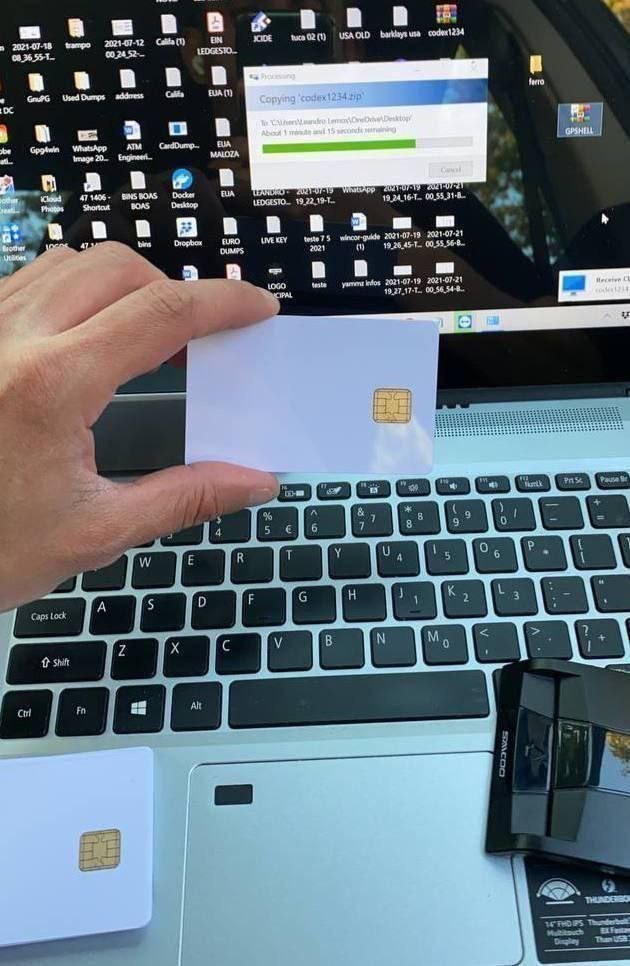
Reviews
There are no reviews yet.